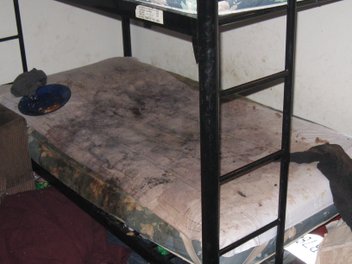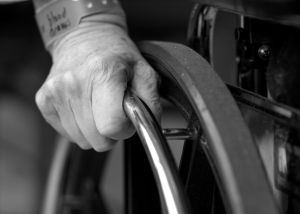Earlier this month, UT San Diego published a news story about a report it co-authored with the California HealthCare Foundation (CHCF). What was the story about? The dismal state of assisted living homes in California. This may not come as a surprise to some of us, given that California nursing homes earned a “C” grade in a report card published by Families for Better Care. For many of us, however, it’s shocking and disheartening to learn that so many of the assisted living facilities and nursing homes in our state aren’t passing master.
So what’s being done? On the heels of the CHCF report, UT San Diego released a story about consumer advocates in California and the work they’re doing to encourage assisted living reform in our state. Specifically, Chris Murphy, 67, of San Diego, and Chrisy Selder, 34, of La Mesa, have personally taken up the cause. According to UT San Diego, “the two women are leading a small but hard-hitting campaign to draw attention to a side of long-term care in San Diego that most people have never seen.”
 Are you concerned about the kind of care your elderly loved one currently receives? No one should have to worry about nursing home abuse and neglect. The experienced nursing home abuse attorneys at the Walton Law Firm can answer your questions today.
Are you concerned about the kind of care your elderly loved one currently receives? No one should have to worry about nursing home abuse and neglect. The experienced nursing home abuse attorneys at the Walton Law Firm can answer your questions today.
 Southern California Nursing Home Abuse Lawyer Blog
Southern California Nursing Home Abuse Lawyer Blog











